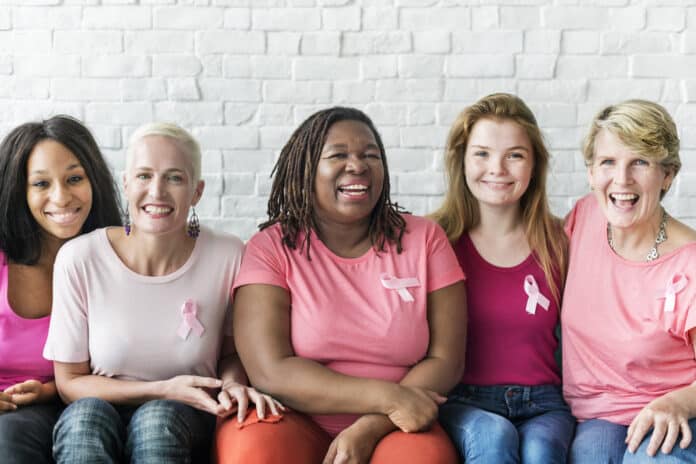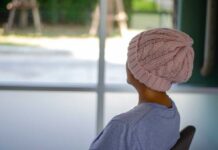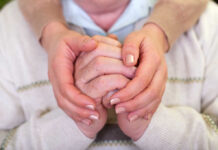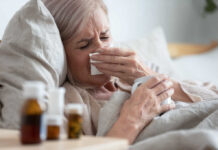
Breast cancer starts out as a small issue but it can lead to other health issues and eventually result in death. This article covers the most common symptoms of breast cancer, its causes and risk factors.
What Is Breast Cancer?
Breast cancer is formed when the cells in the breasts become cancerous. It is the second most common cancer type in the United States affecting women, only surpassed by skin cancer. The disease can happen in men and women, but it’s more common in women.
Signs of Breast Cancer
The signs and symptoms of breast cancer include:
- Change in shape, size, or appearance of the breast
- A breast lump or thickening that isn’t the same as the surrounding tissue
- A newly inverted nipple
- Changes in the skin over the breast, such as dimpling
- Redness or pitting of the skin above your breast. This would cause it to look like an orange
- Scaling, peeling, flaking, or crusting of the pigmented area of skin around the nipple (areola) or breast skin.
Causes of Breast Cancer
Breast cancer happens when specific breast cells grow abnormally, and these cells divide faster than healthy cells and continue accumulating and forming a lump. Eventually, these cells can spread through your breasts to your lymph nodes and other body parts.
Inherited Breast Cancer
Experts estimate about 5% to 10% of breast cancers are connected to gene mutations that are passed through generations of a family. Some inherited mutated genes can increase the risk of breast cancer, including breast cancer gene 1 (BRCA 1) and breast cancer gene 2 (BRCA2). These genes can potentially increase the likelihood of both breast and ovarian cancer.
Breast Cancer Risk Factors
These are factors that increase your chances of getting breast cancer. However, the presence of one or several of these factors doesn’t mean you’ll develop breast cancer. Most women who develop breast cancer have no known risk aside from being women.
Factors connected to an increased risk of breast cancer include:
- Increasing age: There’s an increased chance of breast cancer as you get older
- A history of breast conditions: If you’ve had a breast biopsy that discovered atypical hyperplasia of the breast or lobular carcinoma in situ (LCIS).
- A history of breast cancer: If your mother, daughter, or sister has been diagnosed with breast cancer at a young age, you have an equal chance of getting it.
- Radiation exposure: If you’ve gotten radiation treatments to your chest as a child or adult, your breast cancer risk is increased
- Postmenopausal hormone therapy: those who use hormone therapy medications that combine progesterone and estrogen to treat symptoms of menopause have a high risk of breast cancer. However, the risk decreases when the medications are stopped.


















